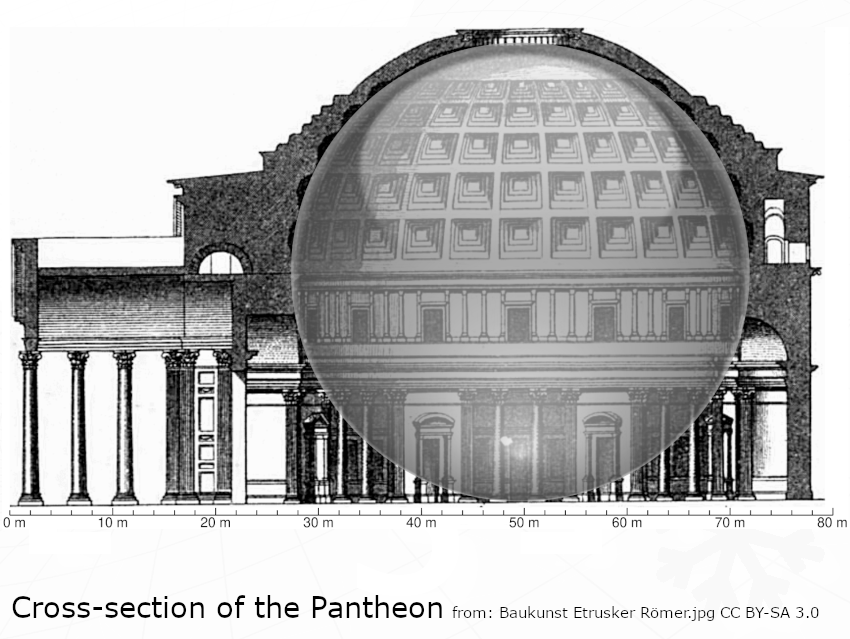Making sustainable concrete is key to decarbonizing construction, as modern concrete accounts for ~8% of global CO₂ emissions and 3% of energy demand. Paulo J. M. Monteiro, University of California, Berkeley, CA, USA, and colleagues have investigated whether switching back to Roman concrete could improve the sustainability of modern-day concrete production. The found that reproducing Roman concrete requires similar energy, water, and CO₂ emissions, but its greater durability could reduce maintenance and replacement.
Both concretes rely on limestone, which emits CO₂ when heated and calcium oxide is formed, which can be combined with other key minerals and water to form a paste that binds the concrete (or mortar) together. Romans used locally available rocks, volcanic debris called (pozzolan) and rubble, while modern mixes use sand and gravel.
Models comparing raw material use and emissions showed Roman concrete can emit as much or more CO₂, but significantly less air pollutants (11–98% lower) such as nitrogen oxide and sulfur oxide, especially with using renewable energy. Roman concrete’s longevity may offer sustainability benefits, especially for high usage applications like roads and highways, which typically require regular maintenance and replacement.
However, according to the researchers it’s very difficult to make this comparison, because modern concrete has only been produced for the past 200 years, and, unlike modern reinforced concrete, the ancient Roman structures did not use steel bars to increase strength. Corrosion of steel reinforcement is the main cause of concrete deterioration, so comparisons should be made with great care.
In the future, the researchers plan to develop more in-depth analyses to compare the performance and lifespan of Roman and modern concrete in different scenarios.
- How sustainable was ancient Roman concrete?
Daniela M. Martinez, Sabbie A. Miller, Paulo J.M. Monteiro
iScience 2025
https://doi.org/10.1016/j.isci.2025.113052



